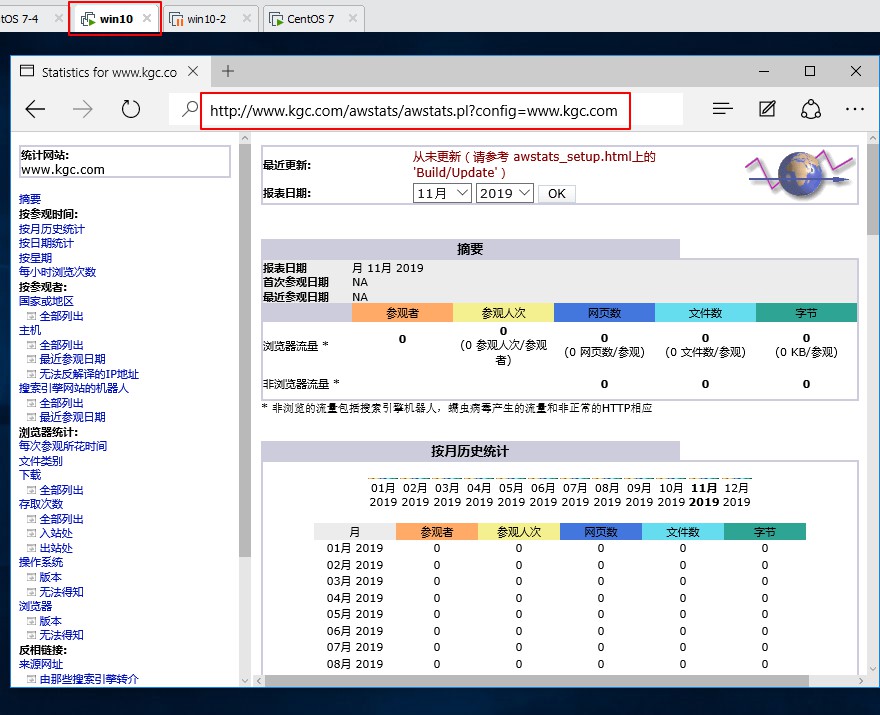


It does not store any personal data.AWStats is a free and open-source log analyzer that provides detailed insights into the traffic of your Apache web server. The cookie is set by the GDPR Cookie Consent plugin and is used to store whether or not user has consented to the use of cookies. The cookie is used to store the user consent for the cookies in the category "Performance". This cookie is set by GDPR Cookie Consent plugin. The cookies is used to store the user consent for the cookies in the category "Necessary". The cookie is used to store the user consent for the cookies in the category "Other. The cookie is set by GDPR cookie consent to record the user consent for the cookies in the category "Functional". The cookie is used to store the user consent for the cookies in the category "Analytics". These cookies ensure basic functionalities and security features of the website, anonymously. Necessary cookies are absolutely essential for the website to function properly. All the other configuration settings for each site, such as access rights must be tweaked as explained in the guide that explains the steps required for configuring Awstats for a single web site. That’s it for setting up Awstats so that it can collect statistics for multiple virtual hosts managed by one Apache server.
#Awstats apache install#
LoadPlugin="geoipfree" (you may have to install additional software for this to work – it shows country names instead of numbers)Įdit as well, making sure that the log file name and domain name reflect this particular site. LogFile="/var/log/apache2/access-myblog.log" (replace and with your actual domain names)Įdit the file as follows (these are the default values that usually work): Make a copy of the Awstats configuration file for each site:Ĭp /etc/awstats/nf /etc/awstats/Ĭp /etc/awstats/nf /etc/awstats/ Create a unique log file name so that Awstats can separate each web site’s data. (myblog is your conf file name, often it is the same as the domain name) and modify the log entry:ĬustomLog $/access-myblog.log combinedĭo the same for the Apache virtual host file. Open the Apache virtual host configuration file /etc/apache2/sites-available/nf The guide has been tested on Debian 8 (Jessie) and Debian 10 (Buster) with Apache 2.4. Assuming you already have Awstats running and generating statistics for a web site, here are the steps you have to take to make it work for multiple virtual hosts. If you want to separate statistics for each virtual host, Awstats can do it, but it requires a little bit of configuration. A quite typical setup for a web server powered by Apache is to configure it to manage multiple web sites.
#Awstats apache how to#
Our earlier article explains how to install and configure Awstats for a web site, such as WordPress, Drupal or for another site, but now, I will guide you through the process of configuring Awstats for a server that runs multiple web sites. Statistics for the number of visitors, most visited pages, referrers, search engines, browser apps, keywords, and other information is displayed on a dashboard. A web server, such as Apache, continuously writes log files that Awstats reads and where it extracts the data.Īwstats can analyze web, email, and ftp server data. It inserts data into a database so that it is easy to view historical statistics and compare it to today’s numbers. Awstats is a web traffic analytics software package that collects statistical data about visitors of a web site.


 0 kommentar(er)
0 kommentar(er)
